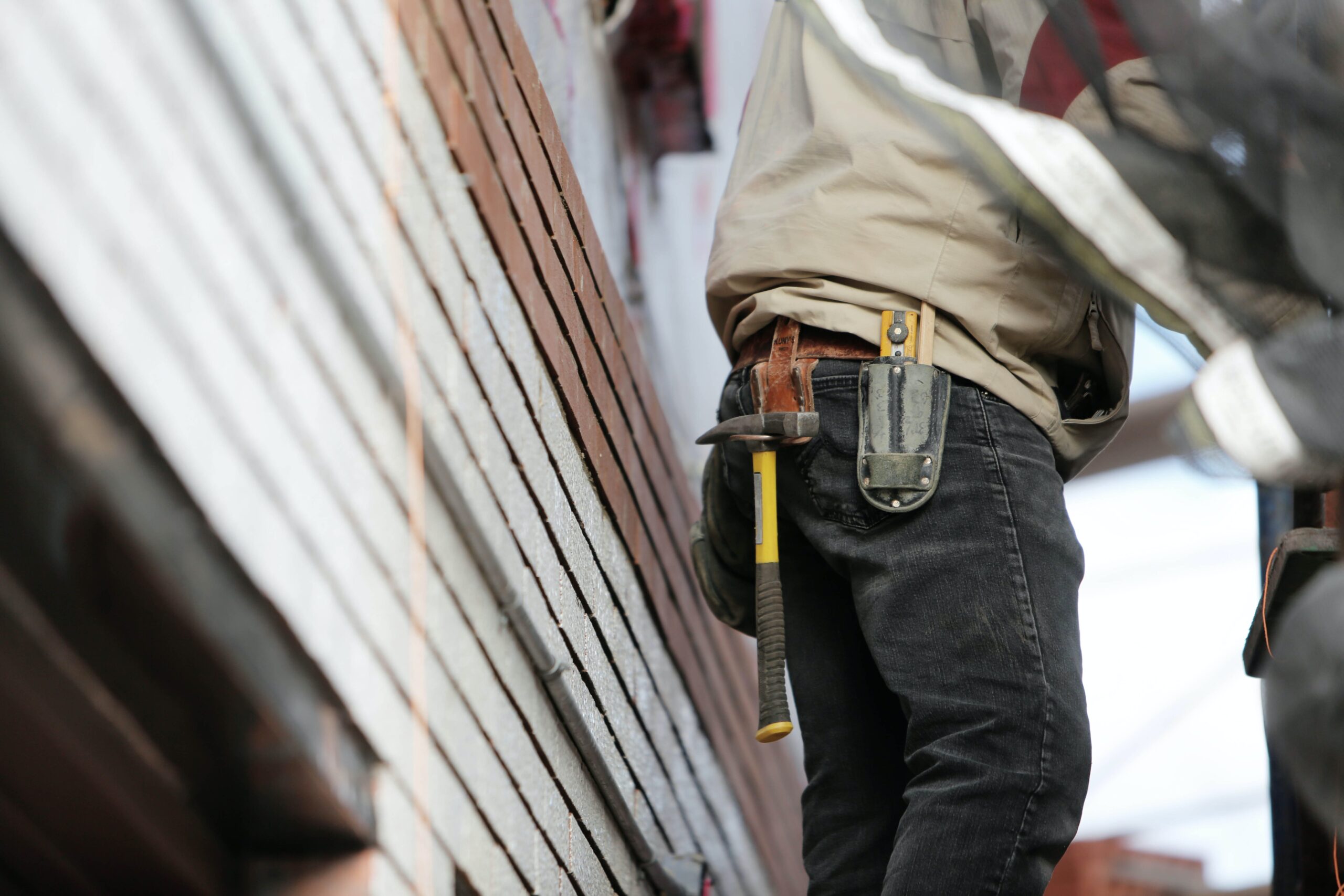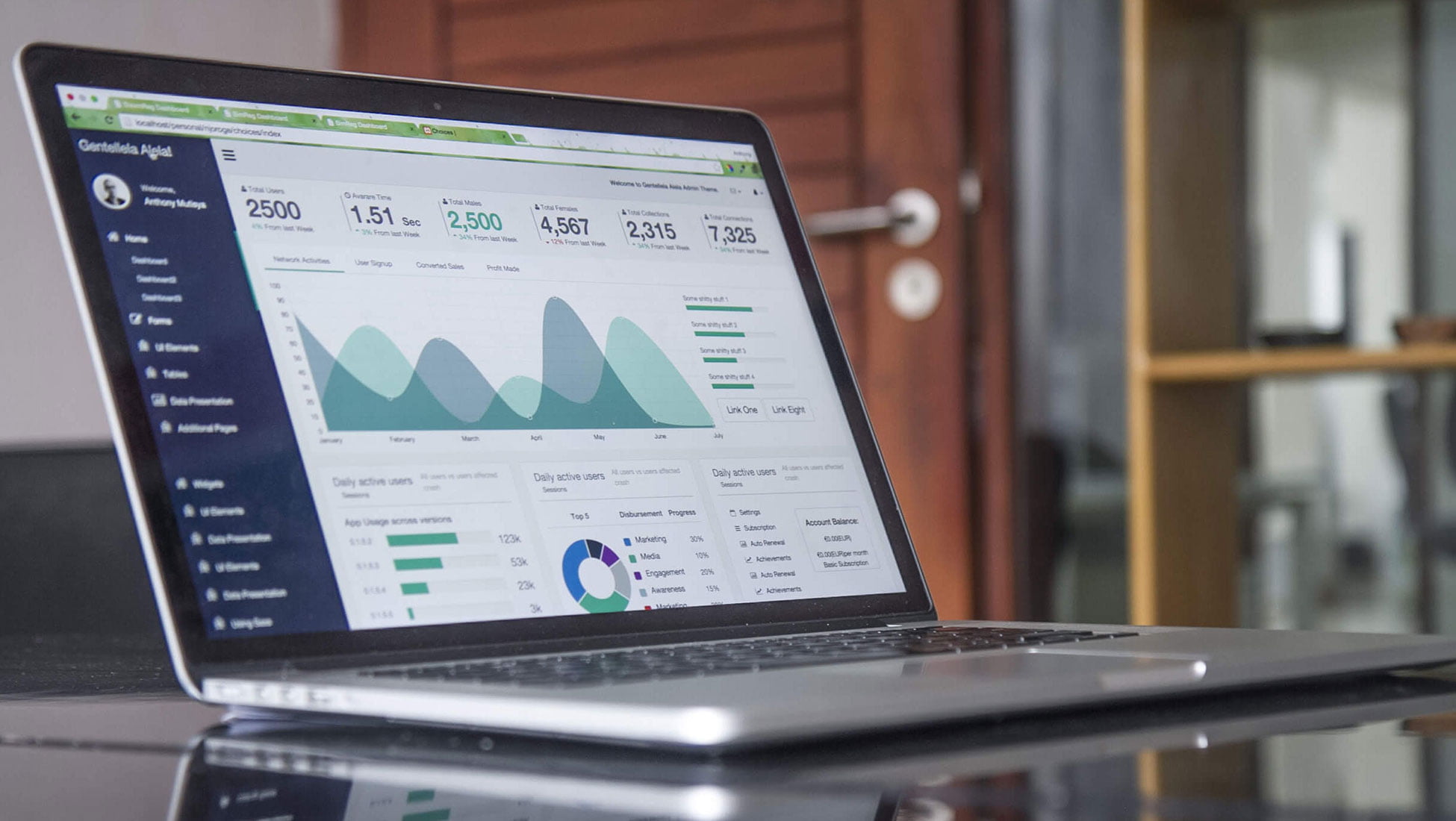The majority of sole traders do not have a clear understanding of Making Tax Digital…

What Is The VAT Domestic Reverse Charge?
The VAT domestic reverse charge is a mechanism that shifts the responsibility for accounting and reporting for VAT from the supplier to the customer in certain construction-related services. It is designed to combat fraud and tax evasion in the construction industry.
The reverse charge applies to supplies of construction services between VAT-registered businesses in the UK that fall within the scope of the Construction Industry Scheme (CIS). It typically includes services such as construction, alteration, repair, demolition, and installation of buildings or structures.
Under the reverse charge scheme, when a construction service is provided, the supplier does not charge VAT to the customer. Instead, the customer calculates and pays the VAT directly to HM Revenue and Customs. The supplier, in turn, reports the transaction as reverse charge supplies in their VAT return, indicating that no VAT has been charged. This effectively eliminates the need for the supplier to account for VAT on the invoice and receive payment for it.
The aim of this mechanism is to prevent VAT fraud, specifically the abuse of the VAT system by unscrupulous suppliers who charge VAT to their customers but then disappear before remitting the collected VAT to tax authorities. By shifting the VAT liability to the customer, it ensures that the VAT is properly accounted for and paid to the tax authorities.
For businesses in the construction industry, it is essential to understand the application of the reverse charge and comply with the associated rules. This includes correctly identifying whether a service falls under the reverse charge provisions, ensuring VAT invoices and accounting records are appropriately updated, and understanding the impact on cash flow and VAT reporting.
Contact us for more information on whether the reverse charge scheme affects your business and if it does how you should account for VAT under the scheme.


